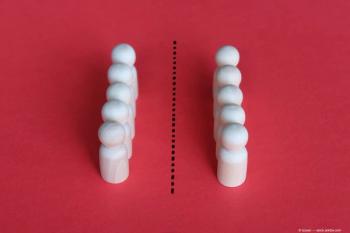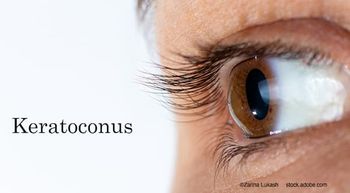
Phakic IOL models may induce small amounts of optical aberrations
Lisbon, Portugal - Three widely used anterior chamber phakic IOLs may induce a low degree of optical aberrations in implanted eyes, reported Simonetta Morselli, MD, of the Ophthalmic Unit, Hospital of Verona, Italy.
Lisbon, Portugal - Three widely used anterior chamber phakic IOLs may induce a low degree of optical aberrations in implanted eyes, reported Simonetta Morselli, MD, of the Ophthalmic Unit, Hospital of Verona, Italy.
The overall optical quality of the eyes of patients implanted with AcrySof (Alcon Laboratories), Artisan 204 (Ophtec/AMO), and I-Care (Cornéal) phakic IOLs was good, according to Dr. Morselli.
Twenty-five eyes were included in the study; 20 received either the Artisan IOL or the I-Care IOL and five received the AcrySof IOL. The eyes then were studied with the Topcon KR9000PW topographer/aberrometer. The corneal and ocular aberrations were measured and compared at the 4-mm optical zone, Dr. Morselli explained Monday at the European Society of Cataract and Refractive Surgeons meeting.
There were slight differences among the IOLs in corneal higher-order aberrations, coma, and spherical aberration, but the differences did not reach statistical significance, Dr. Morselli said. The Strehl ratio of each IOL indicated that the patients had good optical quality.
“The anterior chamber IOLs induced a low degree of optical aberrations. The differences among the three lenses did not reach significance. The AcrySof IOL induced less spherical aberration, probably because of the high refractive index of the material. The overall optical quality of the eyes that received the lenses was good,” she said.
Newsletter
Don’t miss out—get Ophthalmology Times updates on the latest clinical advancements and expert interviews, straight to your inbox.


















































.png)


